#symbolist poet
Note
thoughts on ‘une charogne’ by beaudelaire
predictable of me but its extremely evan rosier coded
#a#tbh im not super well versed in the romantics... in school I study the modernist era & medieval english stuff (<- guy with weird taste)#but im taking a class on the romantics next semester so im stepping outside my hyperfixations lolol!#Baudelaire was the main influence for my stupid gay symbolist poets im obsessed with so i want to read more of him anyway. to understand#maybe if I read un charogne enough times ill understand why verlaine is Like That
7 notes
·
View notes
Text
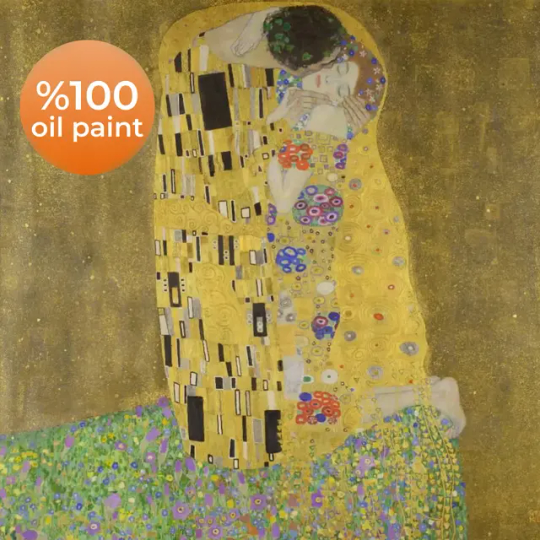
#gustav klimt#art#paintings#fine art#1900s#1900s art#symbolism#symbolist art#symbolist#painting#austrian art#austrian artist#serpent#serpents#classic art#rennaisance art#artblr#artists on tumblr#quotes#new poets society#new poets corner#poetry#poetic#aesthetic#book quotes#dark academia#dark aesthetic#chaotic academia#classic academia#classic literature
3 notes
·
View notes
Text

Gustave Moreau (1826-1898), “Sphinx in a Grotto (Poet, King and Warrior)” (1887-1888), watercolour and gouache on paper, varnished, 41.6 x 31.4 cm.
#gustave moreau#sphinx in a grotto#poet#kin#warrior#watrcolour#watercolor#19th century art#symbolism#symbolist art#1888
16 notes
·
View notes
Photo
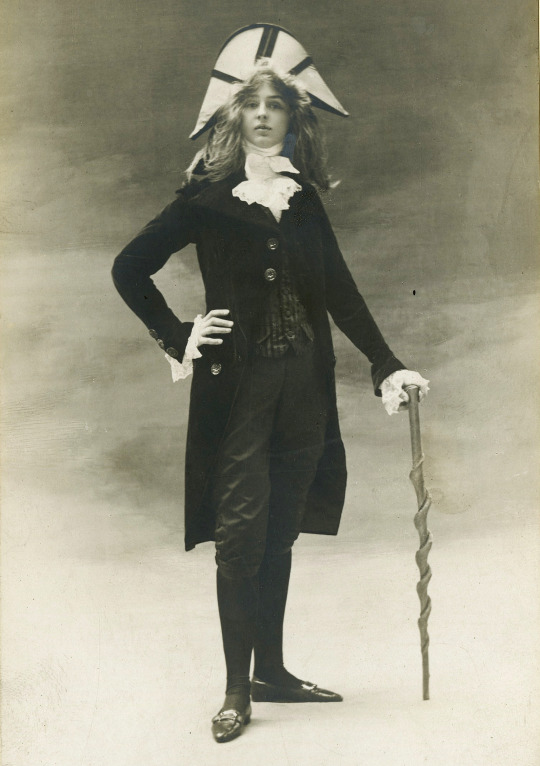
https://en.wikipedia.org/wiki/Ren%C3%A9e_Vivien
9 notes
·
View notes
Note
Haiii, I'm sorry to bother you with such question,, I saw your post abt romanian literature and wanted to ask you some recommendations for books?? I've never read romanian literature but I've been interested in romania lately bc of you (and mihai). My apologies if I'm being rude :>
No bother at all! I just might not be the best person for this job so i apologize in advance. I have not read that much romanian literature if im being honest beyond mandatory readings back in highschool (and the one contemporary romanian novel ive been planning to start for weeks is staring at me with woeful eyes from across the room rn). But out of the books i've read, i'm not sure if i'd recommend many to you. There's also the fact that I'm not sure where you'd find them translated... Perhaps Pânza de Păianjen by Cella Serghi would be a good start. Oh! Or George Bacovia's poems, maybe poetry would be easier to find translations for?
#i hope it helps? panza de paianjen follows a woman as she navigates life and love in the first half of the 20th century#and her woes related to social standings and feeling trapped in life#and bacovia was a symbolist premodern poet. all the emo kids in highschool liked him and i still do#ask#anon
12 notes
·
View notes
Text
Veiled songs from distant horns where the tenderness
Of the senses embraces the fear of the soul in chords
Harmoniously dissonant in their drunkenness
[Des chants voilés de cors lointains où la tendresse
Des sens étreint l’effroi de l’âme en des accords
Harmonieusement dissonants dans l’ivresse]
- La chanson des Ingénues by Paul Verlaine
#paul verlaine#verlaine#poèmes saturniens#poems under saturn#romantic#romanticism#parnassien#symbolist#decadent#poetry#poet#poem#quote#quotes#song#soul#music
10 notes
·
View notes
Text


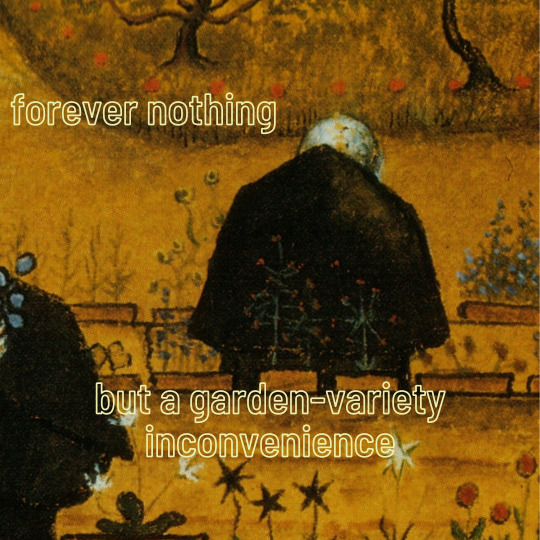
247. the opposite of a green thumb
[id and full text under the cut]
[id: three pictures in consecutive order, all depicting parts of a watercolour and gouache painting by hugo simberg, "the garden of death", with yellowish, outline-only writing superimposed. first picture is the central part of the painting: a skeleton clad in black robe is seen standing behind a long counter or crate made out of planks, with various potted plants lined up on top. the skeleton is carefully cradling a blue flower to its chest; the skeletal smile gives off an eerie feeling of joy. the writing reads: "I had a garden. and then it came, pointed at the flowers and whispered in my ear: darling, those are weeds." second picture is the top-left part of the painting: a skeleton, also clad in black robes, is seen tending to flowers lined up on a different counter, closer to the viewer. it has its left hand propped up on the counter, the skeletal hand visible, while its right is holding a green watering can, watering red, small potted flowers. the skeleton seems to be looking down at the flowers intently. the writing reads: "so there I was, standing, waiting for it to pull me out of the ground." third picture is the top-right part of the painting: a skeleton, also wearing a black robe, is seen standing behind the farthermost counter with its back turned to the viewer. the skeleton is partially obscured by tall reddish flowers. perhaps because of how the robe is designed, the skeleton seems to be hunching. the writing reads: "forever nothing but a garden-variety inconvenience." /end id]
full text:
I had a garden
and then it came,
pointed at the flowers
and whispered in my ear:
"darling, those are weeds"
so there I was,
standing,
waiting for it to pull me out of the ground
forever nothing
but a garden-variety inconvenience
painting used: the garden of death, painted in 1896 by a finnish artist hugo simberg
#mental health#writers on tumblr#poets on tumblr#writing#poetry#symbolist painting#skeleton#hugo simberg#queer poets on tumblr#id under the cut#committed writings
7 notes
·
View notes
Text
She always felt
the need to fix everything.
Like the way the paint
on the walls chipped off
just enough to where the red
would show through in spots.
She’d try to cover it up
with paint, but see,
that’s where we differed–
I found it beautiful
the way her scars
would shine through her.
#poetic thoughts#poetic prose#jayy lee#jayytothelee#poetry#queer literature#queer books#queer poets#LGBTQ books#symbolist art#spilledink#poems and poetry#gay poetry#writing prompt#words words words
1 note
·
View note
Text
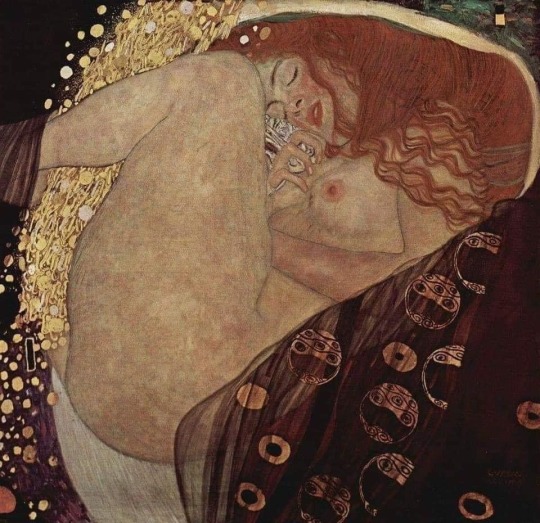
The strongest people are not those who show strength in front of us, but those who win battles we know nothing about.
Gustav Klimt
" Danaë. "
Painting by Gustav Klimt
Danaë is an oil painting by
Gustav Klimt, created in 1907.
An example of Symbolism, the
canvas measures 77 x 83 cm,
and is in the Galerie Würthle in
Vienna. Danaë was a popular
subject in the early 1900s for
many artists; she was used as
the quintessential symbol of
divine love, and transcendence
#diary#tumblr diary#diaryposting#personal diary#poetic#writing#writeblr#writers and poets#poetry blog#poetry#art#symbolist painting#symbolism#symbolist art#painting
0 notes
Text
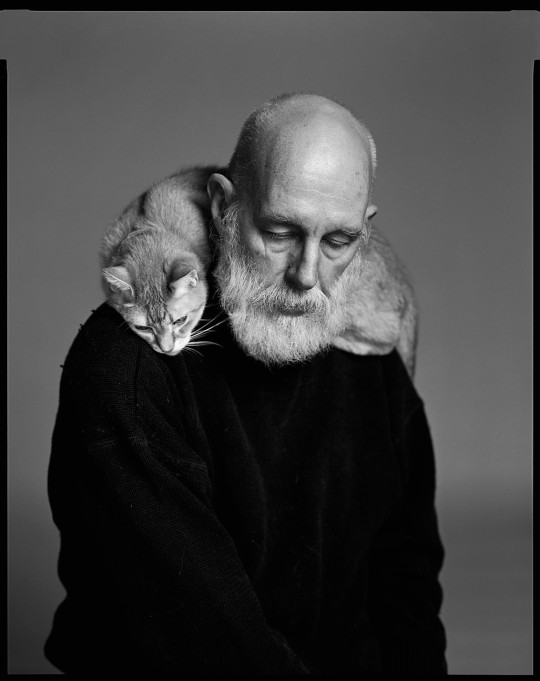
Richard Avedon (1923-2004), 'Edward Gorey', 1992
"Gorey acknowledged his debt to the Surrealists:
"I sit reading André Breton and think, “Yes, yes, you’re so right.” What appeals to me most is an idea expressed by [Paul] Éluard. He has a line about there being another world, but it’s in this one. And Raymond Queneau said the world is not what it seems—but it isn’t anything else, either. These two ideas are the bedrock of my approach. If a book is only what it seems to be about, then somehow the author has failed."
But, however much Gorey owes to the Surrealists, I see in him, equally, their less fun-loving predecessors, the Symbolist poets and painters of the late nineteenth century: Baudelaire, Mallarmé, Khnopff, Munch, Puvis de Chavannes, Redon. That strange world of theirs, caught in a kind of syncope, or dead halt, of feeling—open a Gorey volume on a winter afternoon, and that’s what you get. (Source)
773 notes
·
View notes
Text

The Embrace (1937) by Léonard Sarluis (1874-1949), Netherlands born French painter.
Born in the Hague in October of 1874, French painter Salomon-Léon Sarluis, known as Léonard Sarluis, studied at the École des Beaux-Arts before moving to Paris in 1884 where he became a well known figure on its boulevards. He was a student of the French Symbolist painter Armand Point and of the French novelist Élémir Bourges, who was strongly linked with the Decadent and Symbolist movements in literature. Sarluis was also associated with the openly gay poet Jean Lorrain, who is remembered for his contributions to the satirical weekly Le Courrier Français and his Decadent novels and short stories.
Léonard Sarluis traveled widely throughout Italy, visiting Naples, and Russia. Upon his return to Paris, he exhibited at the Salon de la Rose Croix and the Salon des Artistes Français, and at a number of other Parisian galleries. With designer Armand Point, Sarluis created the poster for the fifth exhibition at the Salon des Artistes Français, depicting Perseus holding the severed head of novelist Émile Zola, who was rejected by the Symbolists for his Naturalist social commentary.
Working under the influence of Point, Léonard Sarluis combined a technique inspired by the Old Masters with a style that was sensual and very modern. He liked to work on a grand scale, and his monumental “Nero”, exhibited at the Galerie Georges Petit in Paris, was greatly admired by muralist painter Puvis de Chavannes. In 1919 Sarluis had a solo exhibition at the Galerie Bernheim, one of the oldest galleries in Pairs and a leader in avant-garde art.
In 1923, Sarluis produced illustrations based on novelist Gaston Pavloski’s 1912 mystical “Voyage to the Land of the Fourth Dimension”. For a number of years, Sarluis worked on a series of three hundred-sixty paintings entitled “A Mystical Interpretation of the Bible”, which were shown at the Grafton Galleries in London in 1926.
Léonard Sarluis’s inspiration was emblematic of a turn of the century that combined nostalgia for an imagined past, decadent themes and sometimes cloudy mysticism. A provocative character and dandy, and a friend of Oscar Wilde, Salomon-Léon Sarluis died in 1949 in Paris.
55 notes
·
View notes
Text

Arthur Polonsky in Paris.
Polonsky (1925—2019) was a figurative painter, draughtsman and educator, known for his explorations of light, water, flight and similarly lyrical motifs that, in esoteric and unsettling ways, alluded to myth, fantasy, music, the Bible, or the poetry of Symbolist and Modernist poets like Rimbaud and Rilke. Polonsky was a key participant in Boston Expressionism. (Source: Wikipedia)
#arthur polonsky#artist things#painter#pipesmoking#vintagemen#pipemen#vintage men#retro men#historic photo#pipes#smoking pipe
60 notes
·
View notes
Text

Josef Váchal - The Witch (early 19th cent.)
Painter, graphic artist, illustrator, sculptor and poet Josef Váchal excelled as an original artist especially in the technique of color woodblock prints, which earned him acclaim at exhibitions in Cologne and Florence. He trained as a bookbinder and attended a private school, where he was a student of Antonín Kalvoda. He spent most of his life in seclusion and poverty, always fearlessly forging his own path regardless of the ridicule and blind eye he got from art critics. This distinctive Symbolist-based artist was the co-founder of Sursum, an art group whose artists also addressed Expressionist impulses. His original skill as a visual storyteller arose from anxiety, fear of the unknown and diary records of visual and auditory hallucinations at night. Throughout his life he fluctuated between faith and heresy, reflecting his captivation with spirituality, the occult and theosophy in his art. (source)
274 notes
·
View notes
Text
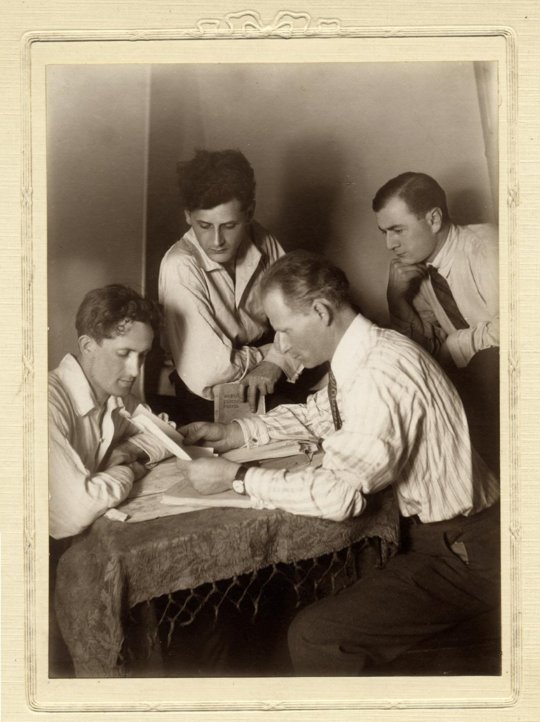
Yiddish writers Oyzer Varshavski, Peretz Markish, H. Leyvik, and another unidentified man pose for a studio portrait. Markish holds a 1922 printing of Russian symbolist poet Andrei Bely's The Silver Dove.
Photographed by J. Deutscher, Paris, 1924
#peretz markish#oyzer varshavski#ozer warszawski#h. leyvik#h. leivick#leivick halpern#1924#yiddish#jewish history#jumblr#yidishkeyt
31 notes
·
View notes
Text
[…] while [Carter] used fantasy to discuss ideas, it is also obvious that it was the landscapes and imagery of fairy tales and legends that fired her imagination—bloodstains and ravens' feathers on snow, moonlight on a dust-grimed mirror, graveyards on Walpurgisnacht. The stories in The Bloody Chamber reverberate with deep and unmistakable imaginative pleasure. There is an astonishing extravivid materiality to this alternative world she invented, down to the last sensuous detail, like the candle which drops hot wax on to the girl's bare shoulders in “The Tiger's Bride.” She loved to describe the trappings of luxury, to display rich scenery in rich language. Dialogue came less naturally to her and she avoided it for years, joking that the advantage of including animal protagonists in her work was that she did not have to make them talk. Naturalism or realism, the low mimetic as she called it, was not her mode.
[…] Carter was an abstract thinker with an intensely visual imagination. What she liked about the short story form was … that “sign and sense can fuse to an extent impossible to achieve among the multiplying ambiguities of an extended narrative.” She found that “though the play of surfaces never ceased to fascinate me, I was not so much exploring them as making abstractions from them.” It comes as no surprise to find that she particularly admired Baudelaire and the 19th-century Symbolist poets, and also much 20th-century French surrealist and structuralist writing. The Bloody Chamber is packed with signs, symbols and signifiers.
— HELEN SIMPSON, from her preface to Angela Carter’s The Bloody Chamber and Other Stories.
91 notes
·
View notes
Text
Gustave Moreau • 1826-1898 • French • Symbolist painter, illustrator, and sculptor.
Note: all images are of oil paintings except where otherwise noted.

Self-portrait of Gustave Moreau • 1850 • Musée National Gustave Moreau, Paris, France

The Chimera • 1867 • oil on panel • Fogg Museum, Harvard

Oedipus and the Sphinx • 1864 • Metropolitan Museum of Art

Jason and Medea • 1865 • Musée d'Orsay, Paris

Perseus and Andromeda • c. 1870 • Bristol Art Museum and Art Gallery, Great Britain
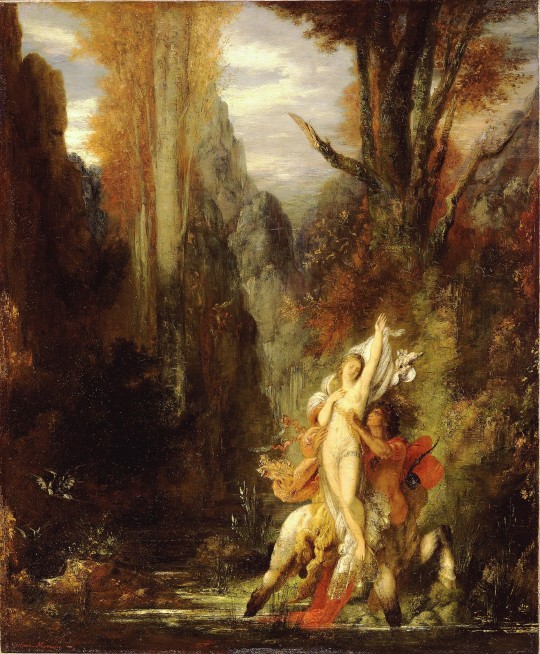
Deianira, Autumn • 1872 • J. Paul Getty Museum, Los Angeles

The Infant Moses • c. 1876–78 • Fogg Museum, Harvard University

Salome Dancing Before Herod • 1876 • Hammer Museum, University of California, Los Angeles
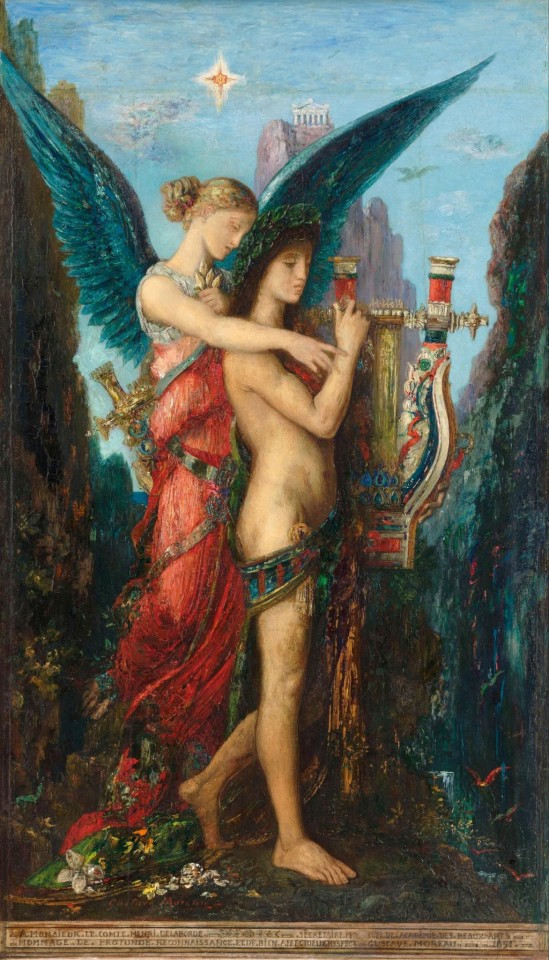
Hesiod and the Muse • 1891 • Musée d'Orsay, Paris

Cleopatra • 1887 • Watercolor, gouache, pencil on paper • Musée d'Orsay, Paris
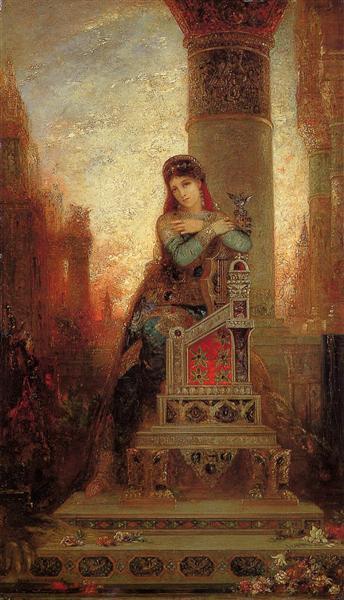
Desdemona • c. 1875 • private collection

Les Licornes • c. 1885 • Musée National Gustave Moreau, Paris, France

The cat transformed into a woman •1884 • Gustave Moreau • Watercolor on paper • Private Collection [illustration for French poet, Jean la Fontain's book Fables]
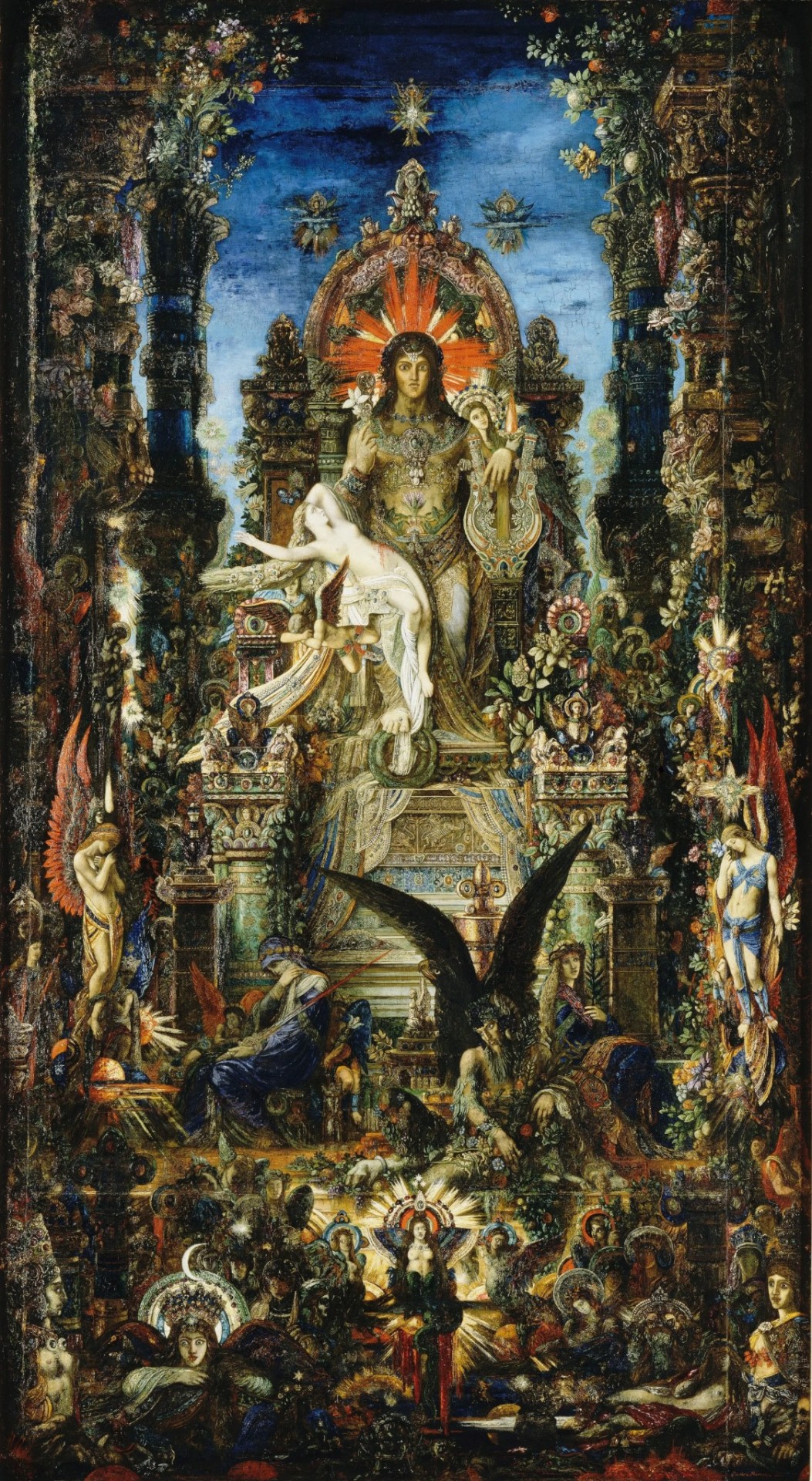
Jupitor and Semela • 1895 • Musée National Gustave Moreau, Paris, France

Galatea • 1880 • Musée d'Orsay, Paris
#art#painting#fine art#bannedonpinterest#art nude#french painter#gustave moreau#symbolist art#symbolist painting#symbolism#watercolour illustration#mythological art#mythological painting#19th century art#unicorns#salome#cleopatra#desdemona#illustration#musee d'orsay#the metropolitan museum of art#perseus and andromeda#religious painting#mystical art#art history
38 notes
·
View notes